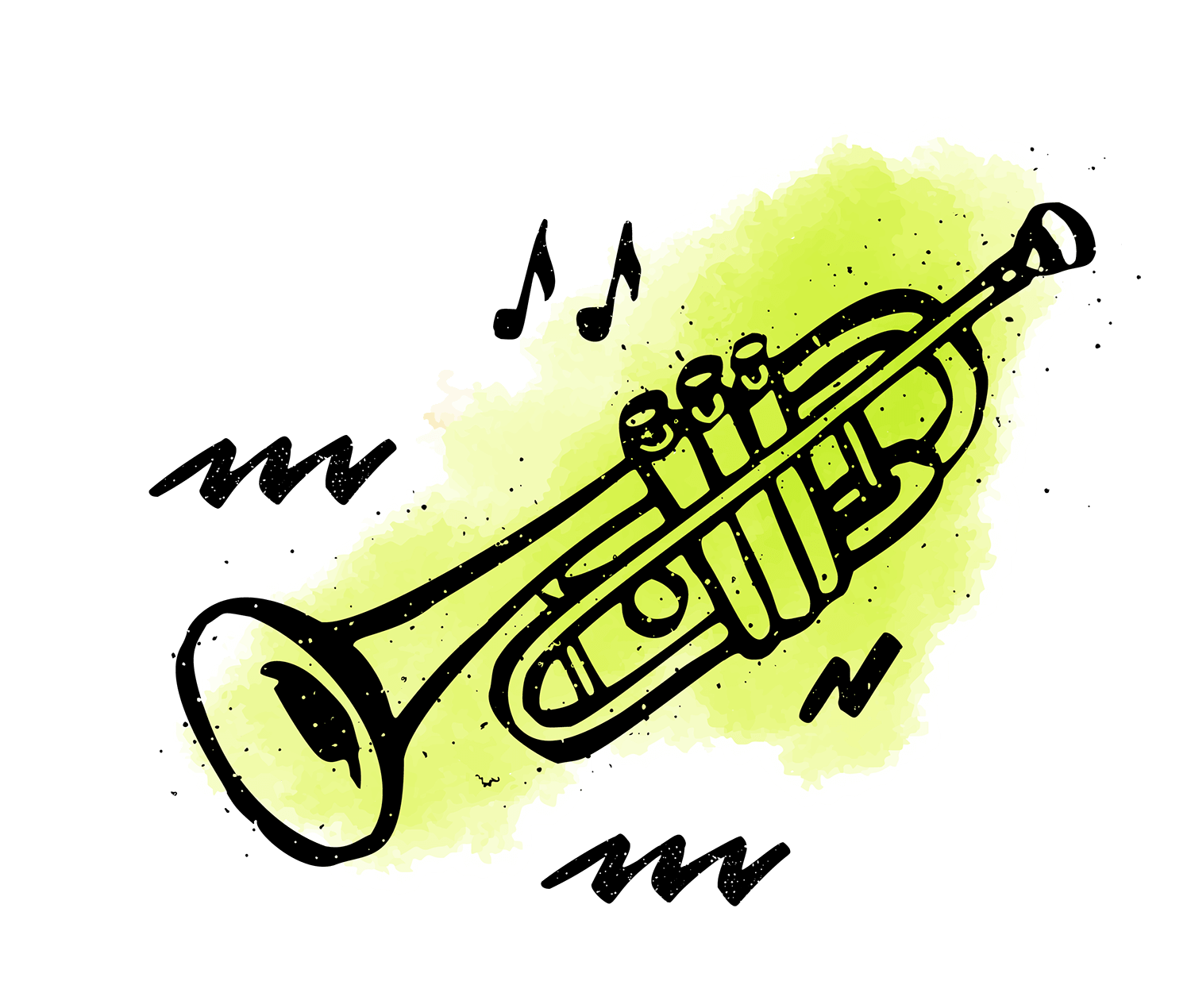We want you to know that it’s easy to take caring for your woodwind instrument into your own hands! There are many preventative steps that can be taken to help keep your instrument in tip-top shape, so we’ve broken down daily, monthly, and long-term care. This way, you can see what you’re able to do to extend the life of your instrument, and when the right time is to take it to the shop for maintenance.
Daily Care
- Proper assembly/disassembly
- Swab out your instrument
- Wipe out mouthpiece
- Dry reed (if applicable) and store in a flat case
Why are these important to do every time you play? Let’s break it down.
Frequent damages with woodwinds often begin with how players are putting together and taking apart their instruments. Be sure to talk to your band director or lesson instructor if you’re unsure of how to properly hold your instrument while assembling and disassembling it.
Swabbing out your instrument is important because it removes any liquid or condensation that has accumulated inside of your instrument. If unmanaged, it can be damaging, especially for the pads. We don’t recommend leaving swabs inside the instrument when storing because the moisture will get trapped inside. Residue builds up over time, even if you swab your instrument out frequently, but if you’re staying on top of wiping it out, you won’t need to get professional cleanings (COAs) nearly as often.
The same information can be applied to your mouthpieces, which is why we recommend giving them a quick wipedown with a swab, cloth, or paper towel after playing. Not only will this keep residue to a minimum, but it will also make washing it, as we will discuss under monthly maintenance, a lot easier.
Additionally, drying reeds and storing them in flat cases will prevent them from warping, which greatly extends the life and usability of the reed. All of these everyday care tips will keep your woodwind instrument playing as long as possible, and limit your repair costs greatly.
Monthly Care
- Wipe down instrument (with non-abrasive polishing cloth)
- Grease corks
- Wash mouthpiece
- Vacuum case
We recommend doing these woodwind maintenance tips at least once a month! Wiping down your instrument with a non-abrasive polishing cloth will not only make your instrument instantly look better, but will also clean off any oils or acidity left from your skin. The oils and acidic pH from your skin reacts with materials on the instrument, causing cloudiness on plating and lacquer.
Another thing to keep in mind is that greasing tenon corks or neck corks will not only help your instrument go together easier, but will also help to protect the cork from drying out and ripping. Pro tip: it only takes a small amount of cork grease! Apply a thin layer of cork grease and spread with your fingers (the warmth of your fingers helps to work the product into the cork for optimal results).
Next, washing the mouthpiece with lukewarm water, Dawn dish soap, and a soft brush, is a good habit to do once a month. This helps to remove any buildup and keep things clean. Soft brushes can be found at music stores, and can also be purchased in our instrument specific care kits, which come with various other materials to help make maintaining your instrument easy and convenient.
Lastly, vacuuming out the case is always a great idea. Particles tend to accumulate in cases, and if they get into the instrument or on the pads, they have the potential to cause a variety of issues.
Long Term Care
- Playing Conditions
- Clean, Oil, and Adjust (COA)
- Bore Oiling (for wooden instruments only)
Long-term care is where your repair technicians come into play. Taking your instrument in to get a playing condition every six months to year will help keep your woodwind instrument in optimal condition. Think of PCs like getting the oil changed in your car! Not only will it help keep your instrument running smoothly, it will also help to catch any issues before they develop into bigger and more expensive problems!
When it comes to preventative cleanings, otherwise known as clean, oil and adjustments are concerned, these can be described as a step up from playing conditions. COAs should be done every 2-5 years for woodwind instruments. The instrument will be fully taken apart and then cleaned. Next, all of the keys will be wiped out and oiled before they are reassembled and adjusted. Having a clean, and freshly oiled instrument keeps instrument deterioration, and key-wear, which is common for woodwind instruments, to a minimum. We would also like to note that it is not recommended to clean your instrument at home, since the woodwinds need to be disassembled for cleaning to be done properly. If the pads on the instrument get wet, they will warp and no longer seal.
As far as getting your wooden instrument’s bore oiled, the frequency depends on multiple factors. This can depend on things such as location, climate, altitude, season, and your unique cut of wood. If you are taking your instrument in for playing conditions regularly, the instrument repair technician should be able to see when your instrument is needing to be oiled. If you notice the wood looking dry, especially around the tenons, it would be a good idea to look into getting the wood bore checked out, whether you ask your band director, lesson instructor, or take it into your local music shop. Your wooden instrument is most likely to crack during a season change, or during dry and extremely cold weather.
We hope that these tips help your instrument live a long and happy life! As always, feel free to contact us if you have any questions at [email protected] or (877) 569-0242.

